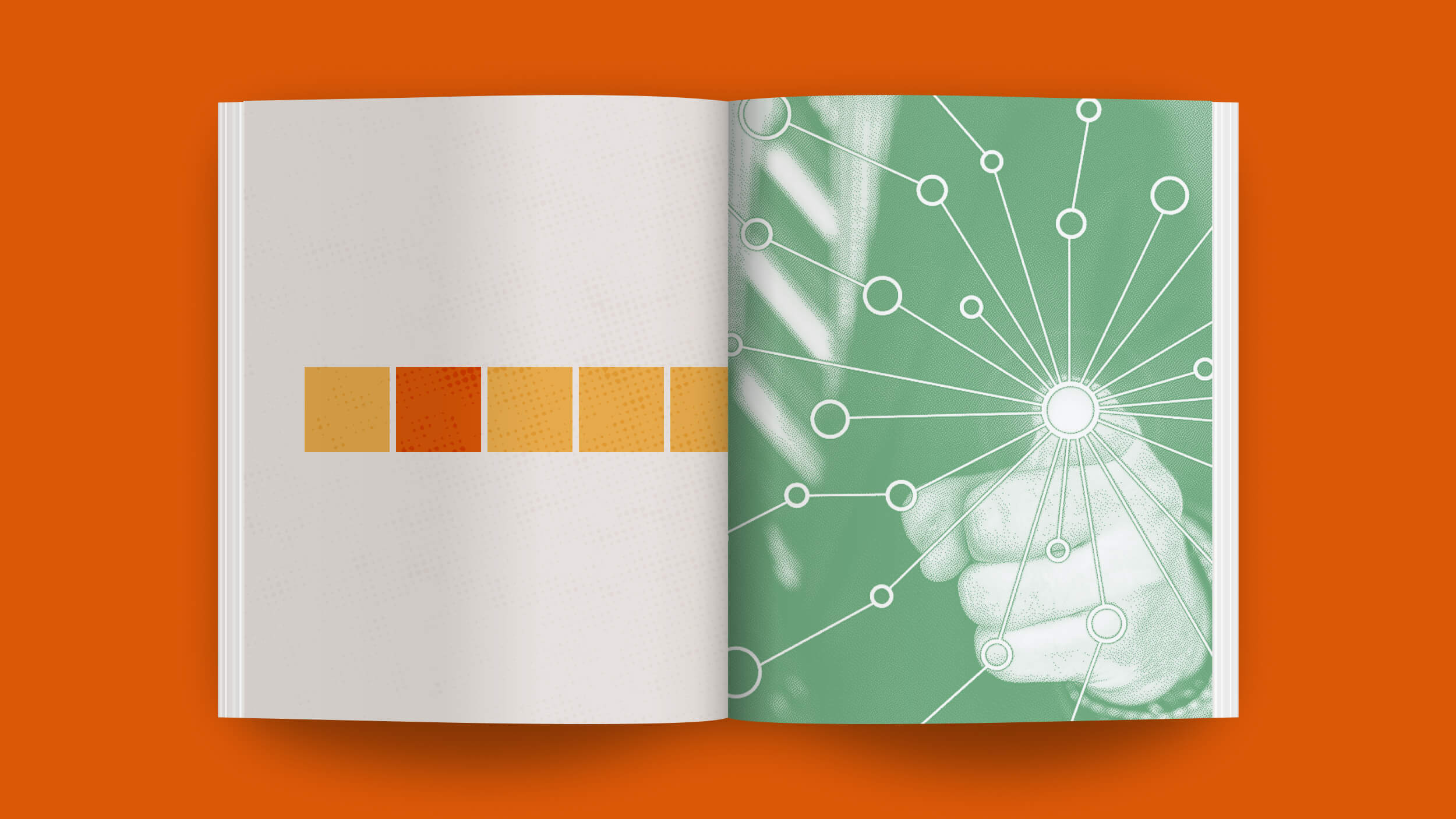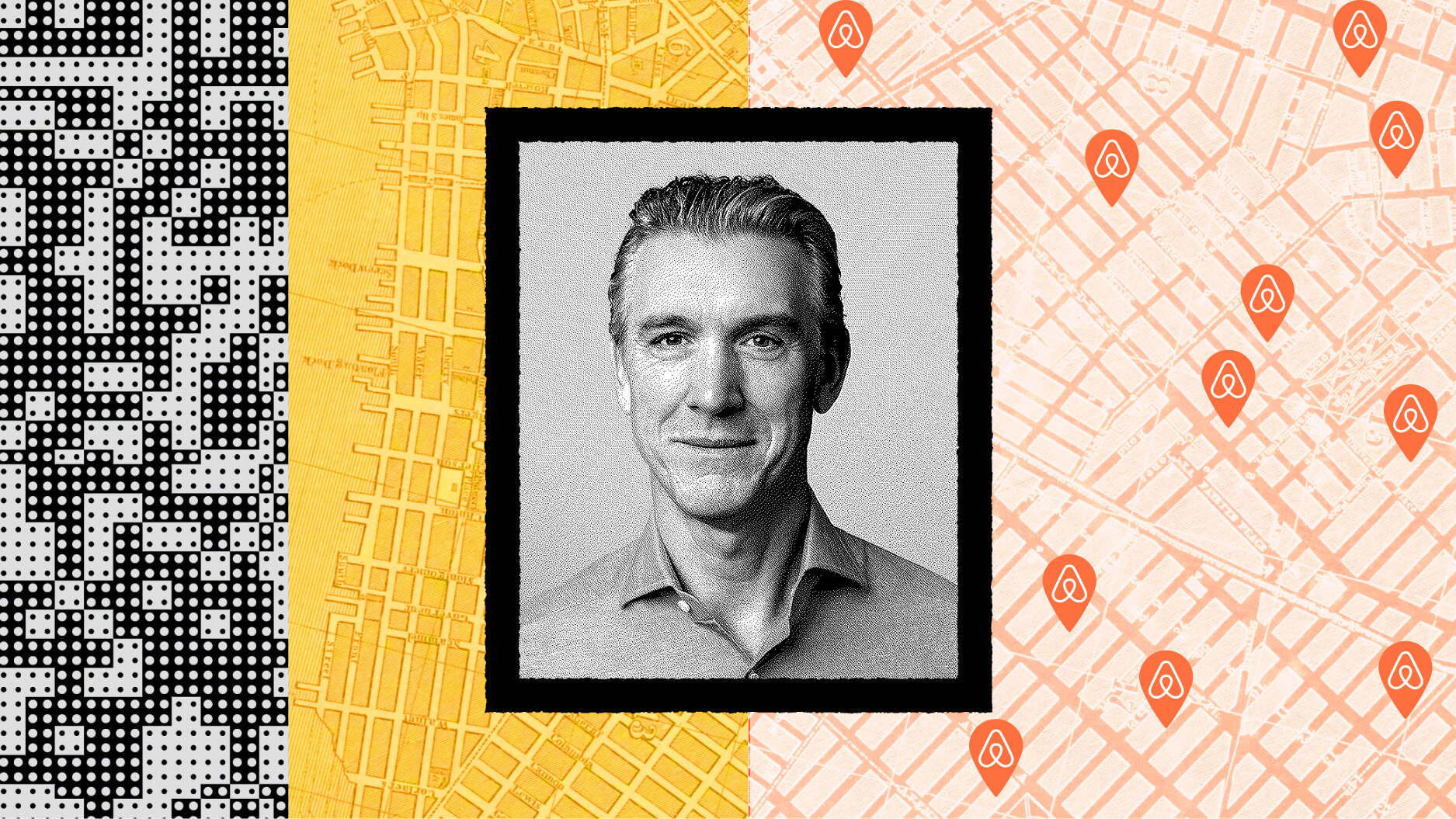How “umwelt” can make you more creative and productive

- It’s easy to mistake our reality for the only reality and Jakob von Uexküll’s concept of umwelt is a good way to understand this.
- Every organism has a certain physiology and environment which determines their experiences, or their umwelt.
- Here we look at three ways we can apply the idea of umwelt to our everyday lives.
When I was 14 years old, I got into trouble. I didn’t steal anything or assault anyone, but I did something far worse in the eyes of Mr. McDonald: I hadn’t done my homework. And so, sullen and indignant, I was given a school detention. I was to report to Room E in the Work Block at 4pm for my after-school punishment. Once there, McDonald gave me a piece of paper and said, “You have 30 minutes to write down as many ways you can think of to use this stick.” And he put a 10-inch piece of branch on my desk.
I didn’t know it then, but my “punishment” was actually a test designed by the psychologist J.P. Guilford in 1967 to measure creativity. The more uses you can think of for a common object, the more “creative” you are said to be. And, dear reader, it turns out I’m not hugely creative. Because, after only five minutes, I was struggling to think of ways to use my stick. Seeing 14-year-old me frowning and flailing, Mr. McDonald gave me a trick — a trick that has stayed with me ever since: “Look at the stick with different eyes. Imagine you are an old man, a baby, a dog, a bird, or a god.”

To this day, that was the best punishment I ever received. I loved the exercise. I loved imagining all the eccentric uses for a random stick. And Mr. McDonald’s lesson — “Look at the stick with different eyes” — is a good way to introduce German biologist Jakob von Uexküll (1864-1944) and his idea of umwelt.
The world of a bee
Jakob von Uexküll’s concept of umwelt is the idea that every living creature perceives the world in a way that is unique to its species and personal experience. As you’re walking down the street, you see a lamppost — an upright beacon of welcome illumination. Your dog, walking at your side, sees a convenient bathroom opportunity. According to Uexküll, a creature’s umwelt is shaped by its physiology and environment — an organism’s biology defines what it gets to experience. There is no “objective world,” but we have only the human world as it appears to humans. More than that, you have only the private world as it appears to you, and I have the private world as it appears to me. Uexküll’s revolutionary idea is that different creatures inhabit distinct realities.
Uexküll’s work is packed with examples of funny, curious, and imaginative umwelten. He explores what the world might be like for bees, ticks, birds, or wolves. But, of course, it’s only “might” because we will never know for sure.
Take bees, for example. To a human, a flower is a vibrant bauble of color and scent, but to a bee, it represents something entirely different. Flowers are a bright neon sign. A bee’s umwelt is primarily shaped by its ability to see UV light, which is invisible to the human eye. Flowers that might appear mundane to us often reveal complex ultraviolet patterns to bees, guiding them to the nectar they need. In this sense, the world a bee inhabits is full of cues and signals that we cannot perceive. The bee’s umwelt is a UV-rich landscape designed to facilitate pollination and survival.

Lessons of the umwelt
As with anything truly insightful, there are a great many things we can take away from Uexküll’s idea of umwelt. And here are three things we can apply to our working lives.
See the individual. When two people get into work, they are experiencing work from the vantage point of their environment. The person next to you will be doing their job in a certain way for a certain reason. And they will have their own motivations for doing things and will value different aspects of the job. Some may be motivated by career advancement and recognition, while others find fulfillment in work-life balance, creative freedom, or contributing to a meaningful cause. The important lesson for managers is to tailor professional development to the needs of not just the company but the individuals within the company. If you’re a manager needing ideas or an employee feeling unseen, Big Think+ has dozens of videos to help you find the career development you and your umwelt need.
Connect the dots. Imagine you’re sitting at the back of an annual “state of the company” meeting and you’re halfway through an hour’s presentation jammed with pie charts and Times New Roman bullet points. You’re no longer even bothering to hide your yawn. Suddenly, the PowerPoint turns to your department or division. Now you’re excited. Now you actually care. Uexküll’s umwelt teaches us that different people will be looking out for different things, and someone’s attention will always gravitate to what their umwelt tells them. The lesson here is to make every speech, presentation, or meeting as widely relevant as possible. Tell people why this matters. Show how the dots connect.
Remember your audience. Almost all companies will need to promote their goods or services, and the idea of umwelt is a good way to revise a point from marketing: remember who you’re talking to. If you’re a toy company, you probably don’t want to advertise baby products to teenagers. If you’re creating an ad for Snapchat, it’s going to sound and feel different to one on LinkedIn. Every one of your potential customers will have their own umwelt; find out how to explore that with them. A good starting point is this 2022 study from Karolina Perčić and Nenad Perić, which explores the different uses and potential of “direct marketing” mediums.





